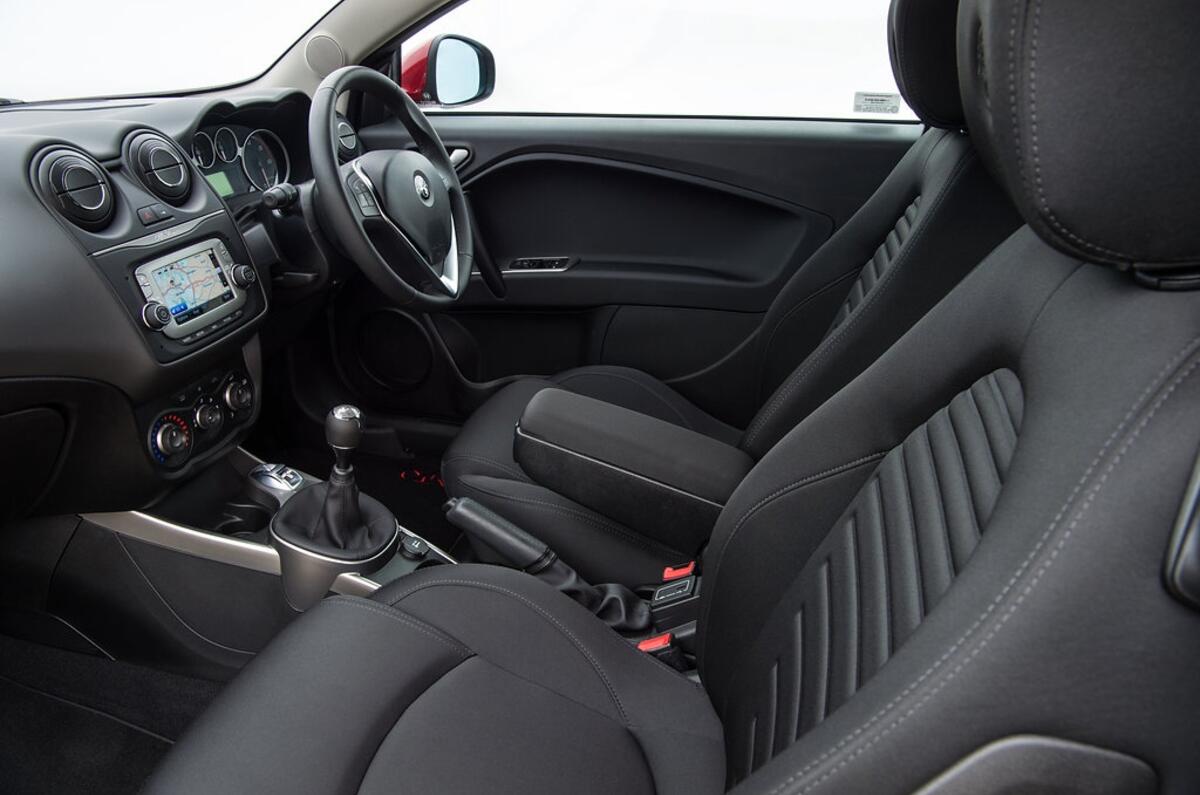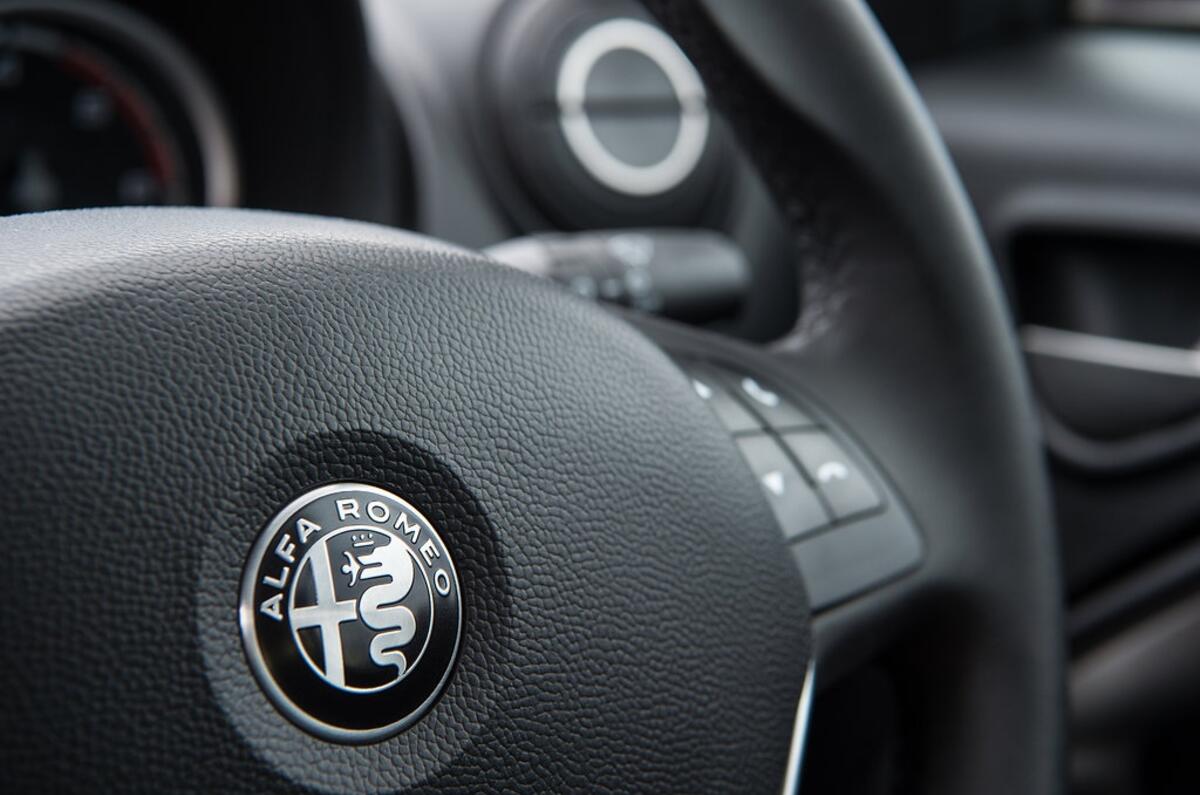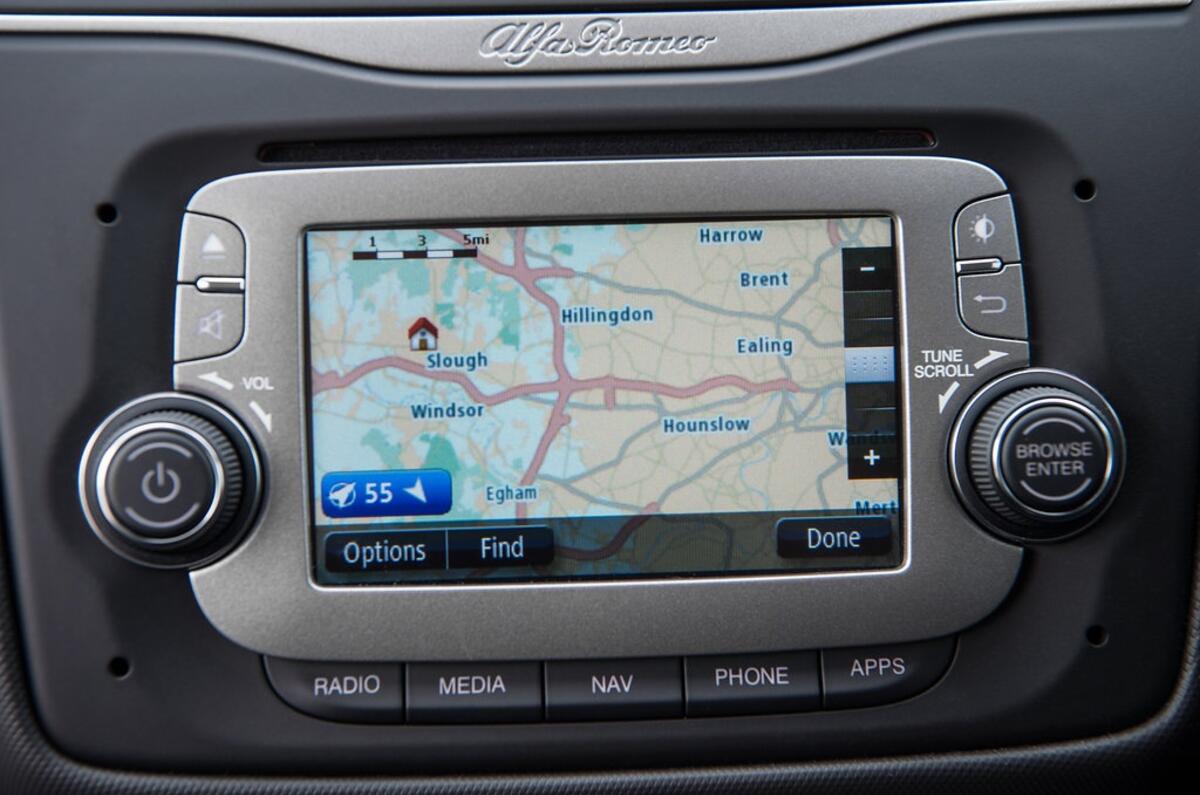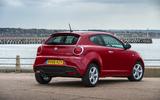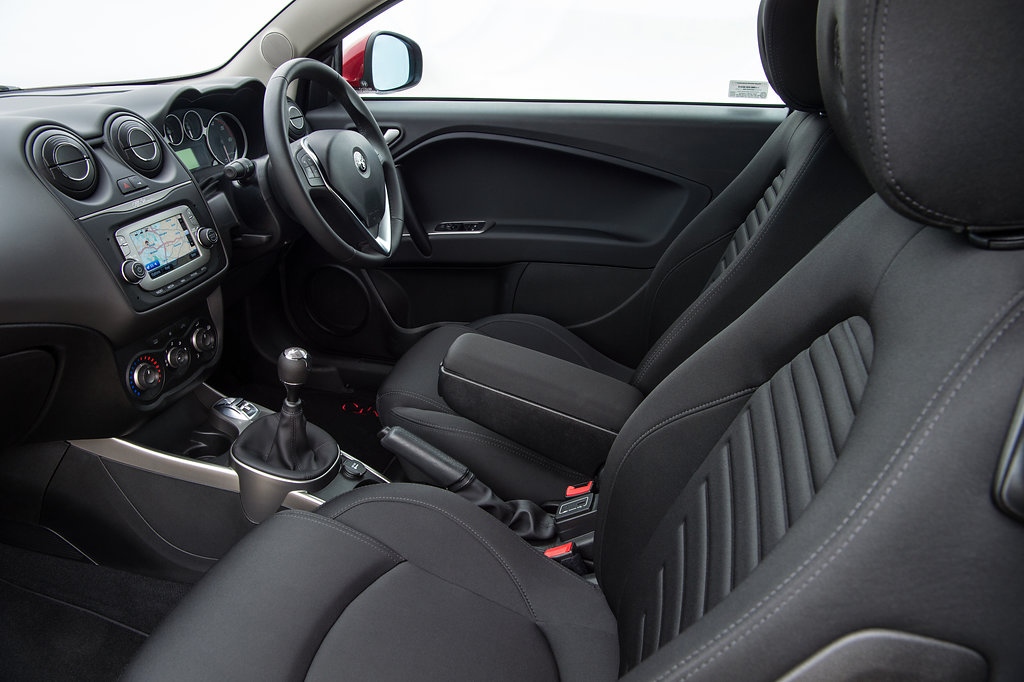Before the Alfa Romeo Mito name was confirmed, Alfa’s new baby went under the codename Junior – a nameplate steeped in Alfa folklore. But at the last minute, Mito was chosen as it represents Milan and Torino where the supermini is designed and built.
Maybe Mito kept the marketing men happy, but Junior would have nicely defined what the Mito is about and what Alfa hopes it will achieve. And it would have satisfied the Alfisti, the legion of Alfa fans which the firm holds dear.
The Mito is Alfa Romeo’s first true supermini since the Alfasud, its 33, 145 and 147 models having been aimed at the larger family hatch market. And along with a new segment, Alfa is gunning for a new type of customer, one younger, hipper and, although cognisant of the Alfa brand, perhaps not so tied up in its history.
Alfa, in short, wanted to produce its own Mini – with which any similarity in the name is purely coincidental. Has it achieved it? Up to a point. Beauty is in the eye of the beholder, but the Mito’s designers have managed to include significant 8C Competizione styling cues in a small package, which is no mean feat. Good practice for when Alfa distilled the 8C's looks for it smaller sibling the 4C.
While the exterior draws generally positive comments, the interior styling is less cohesive, and get closer to the cabin materials and its evident quality is someway off that of the Mini. Or even the latest batch of budget small cars from Korea.






